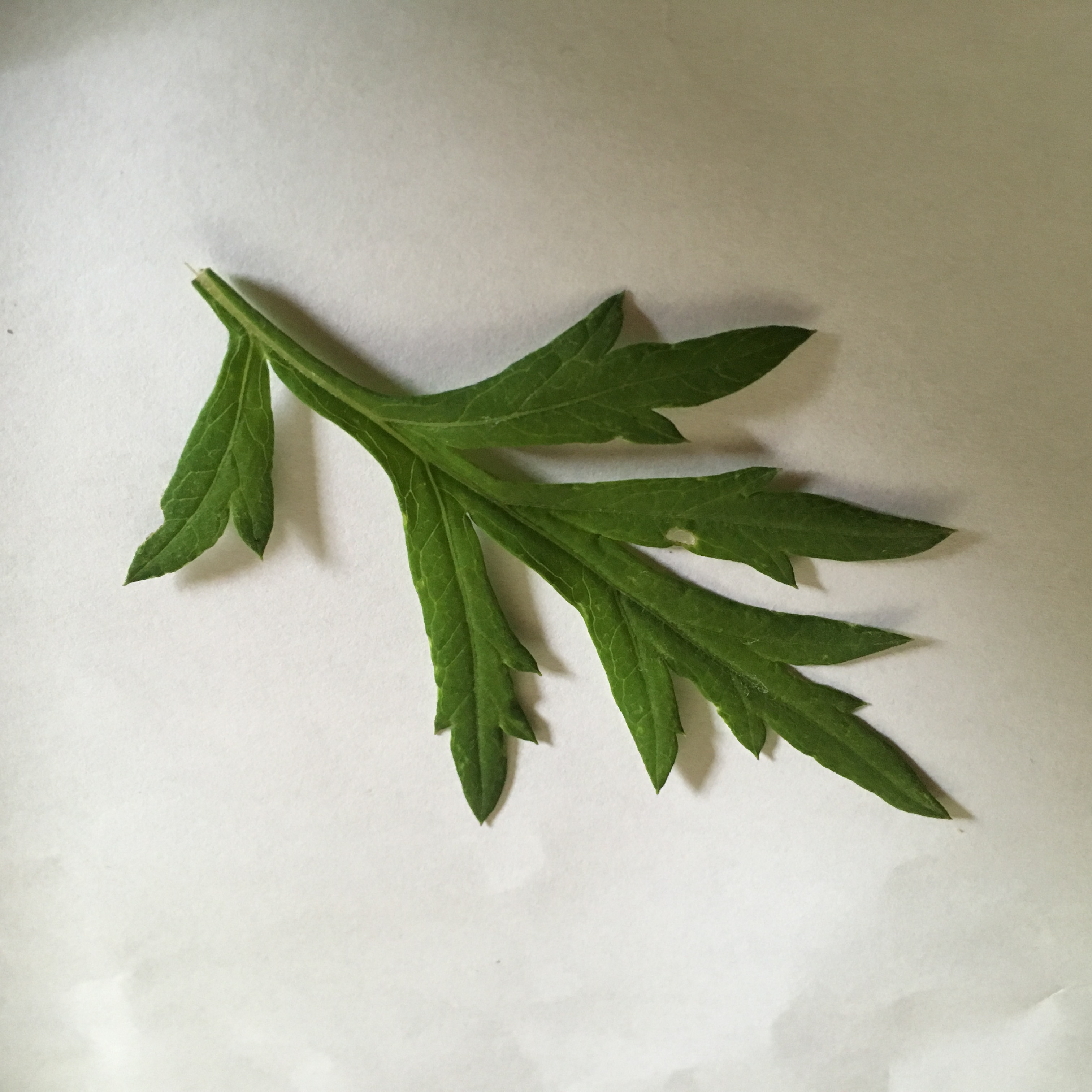|
Cryptosiphum
''Cryptosiphum'' is a genus of true bugs belonging to the family Aphididae The Aphididae are a very large insect family in the aphid superfamily ( Aphidoidea), of the order Hemiptera. These insects suck the sap from plant leaves. Several thousand species are placed in this family, many of which are considered plant/crop .... The species of this genus are found in Europe. Species: *'' Cryptosiphum artemisiae'' Buckton, 1879 References {{Taxonbar, from=Q10462641 Aphididae ... [...More Info...] [...Related Items...] OR: [Wikipedia] [Google] [Baidu] |
Cryptosiphum Artemisiae
''Cryptosiphum'' is a genus of true bugs Hemiptera (; ) is an order of insects, commonly called true bugs, comprising over 80,000 species within groups such as the cicadas, aphids, planthoppers, leafhoppers, assassin bugs, bed bugs, and shield bugs. They range in size from to aroun ... belonging to the family Aphididae. The species of this genus are found in Europe. Species: *'' Cryptosiphum artemisiae'' Buckton, 1879 References {{Taxonbar, from=Q10462641 Aphididae ... [...More Info...] [...Related Items...] OR: [Wikipedia] [Google] [Baidu] |
Artemisia Vulgaris
''Artemisia vulgaris'', the common mugwort, is a species of flowering plant in the daisy family Asteraceae. It is one of several species in the genus ''Artemisia'' commonly known as mugwort, although ''Artemisia vulgaris'' is the species most often called mugwort. It is also occasionally known as riverside wormwood, felon herb, chrysanthemum weed, wild wormwood, old Uncle Henry, sailor's tobacco, naughty man, old man, or St. John's plant (not to be confused with St John's wort). Mugworts have been used medicinally and as culinary herbs. Distribution ''A. vulgaris'' is native to temperate Europe, Asia, North Africa, and Alaska, and is naturalized in North America, where some consider it an invasive weed. It is a very common plant growing on nitrogenous soils, such as waste places, roadsides and other weedy and uncultivated areas. Uses Traditionally, it has been used as one of the flavoring and bittering agents of gruit ales, a type of unhopped, fermented grain beverage. In Vi ... [...More Info...] [...Related Items...] OR: [Wikipedia] [Google] [Baidu] |
George Bowdler Buckton
George Bowdler Buckton (24 May 1818, London – 25 September 1905, Haslemere, Surrey) was an English chemist and entomologist who specialised in aphids. Early Life Buckton was born in London and lived in Hornsey, England. He was the eldest son of George Buckton (1785 - 1847; Proctor to the Prerogative Court of Canterbury) and Eliza Buckton (née Merricks, 1786 - 1842). At the age of five he had an accident which left him partially paralysed for the rest of his long life; this precluded attendance at school so he was privately educated. He became however a scholar of classics and was an accomplished musician and painter. After his father's death he moved to Queen's Road, West London, and In 1848 he became an assistant to August Wilhelm von Hofmann (1818-1892) at the nearby Royal College of Chemistry in London. /sup> In 1867 he married Mary Ann Odling (1831 – 1927), the sister of William Odling with whom he had written his last chemical paper. He designed his house at Hasl ... [...More Info...] [...Related Items...] OR: [Wikipedia] [Google] [Baidu] |
Hemiptera
Hemiptera (; ) is an order (biology), order of insects, commonly called true bugs, comprising over 80,000 species within groups such as the cicadas, aphids, planthoppers, leafhoppers, Reduviidae, assassin bugs, Cimex, bed bugs, and shield bugs. They range in size from to around , and share a common arrangement of piercing-sucking Insect mouthparts, mouthparts. The name "true bugs" is often limited to the suborder Heteroptera. Entomologists reserve the term ''bug'' for Hemiptera or Heteroptera,Gilbert Waldbauer. ''The Handy Bug Answer Book.'' Visible Ink, 1998p. 1. which does not include other arthropods or insects of other orders such as Ant, ants, Bee, bees, Beetle, beetles, or Butterfly, butterflies. In some variations of English, all Terrestrial animal, terrestrial arthropods (including non-insect arachnids, and myriapods) also fall under the Colloquialism, colloquial understanding of ''bug''. Many insects with "bug" in their common name, especially in American English, belo ... [...More Info...] [...Related Items...] OR: [Wikipedia] [Google] [Baidu] |
Aphididae
The Aphididae are a very large insect family in the aphid superfamily ( Aphidoidea), of the order Hemiptera. These insects suck the sap from plant leaves. Several thousand species are placed in this family, many of which are considered plant/crop pests. They are the family of insects containing most plant virus vectors (around 200 known) with the green peach aphid (''Myzus persicae'') being one of the most prevalent and indiscriminate carriers. Evolution Aphids originated in the late Cretaceous about (Mya), but the Aphidinae which comprises about half of the 4700 described species and genera of aphids alive today come from their most recent radiation which occurred in the late Tertiary less than 10 Mya.Von Dohlen CD, Moran NA (2000) Molecular data support a rapid radiation of aphids in the Cretaceous and multiple origins of host alternation. Biol J Linnean Soc 71: 689–717Von Dohlen CD, Rowe CA, Heie OE (2006) A test of morphological hypotheses for tribal and subtribal relatio ... [...More Info...] [...Related Items...] OR: [Wikipedia] [Google] [Baidu] |


